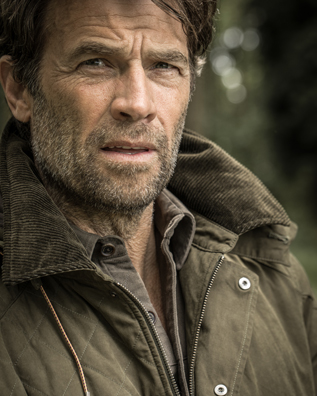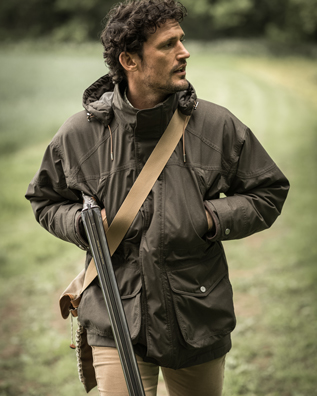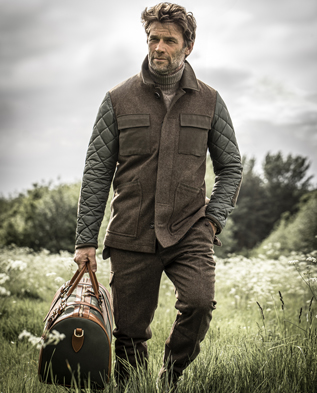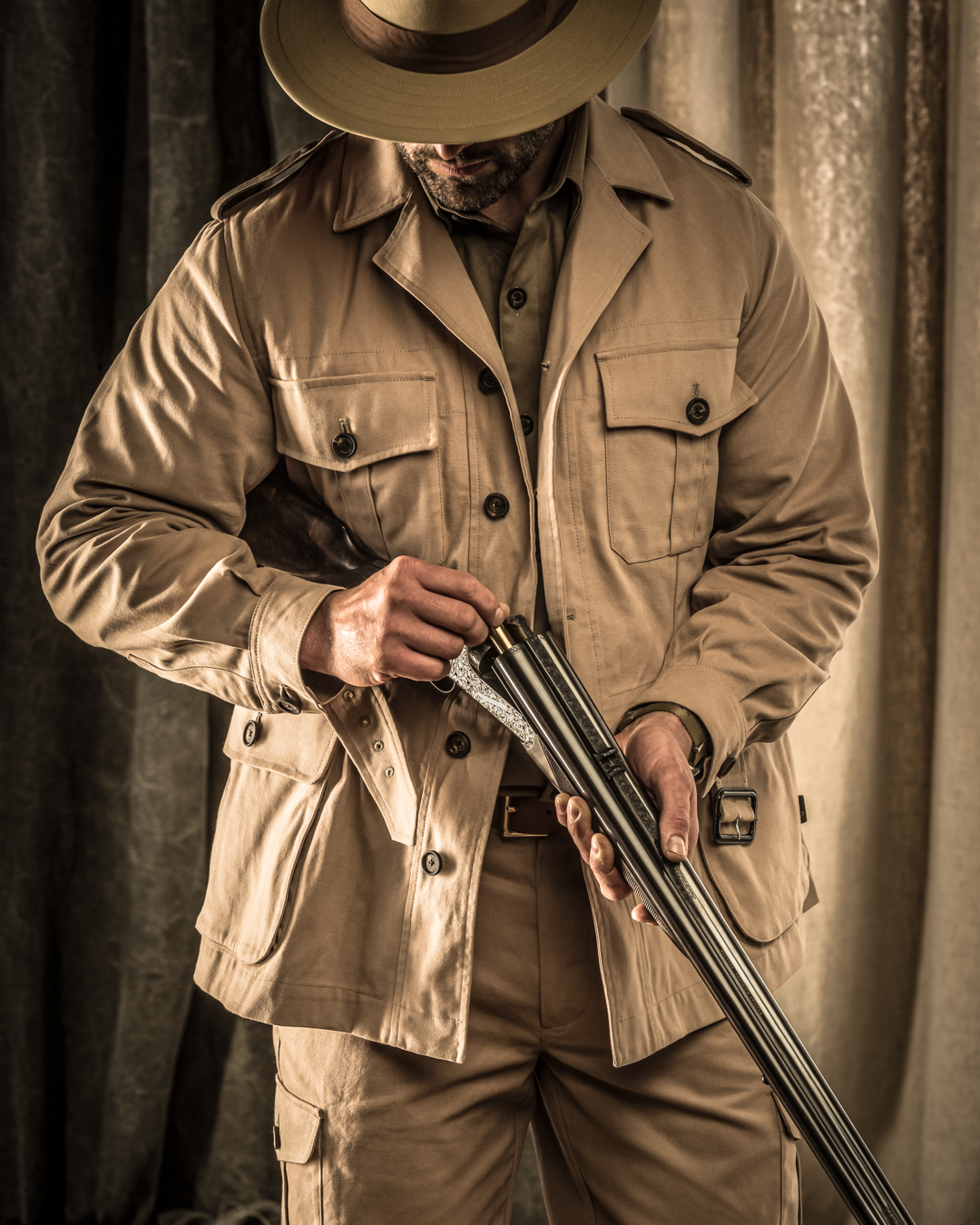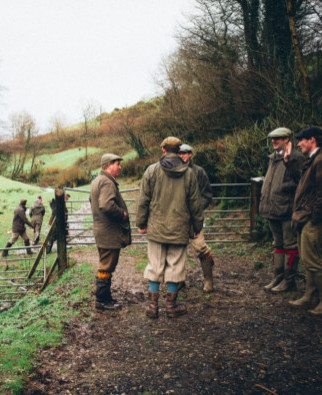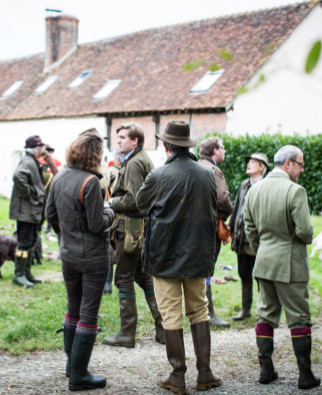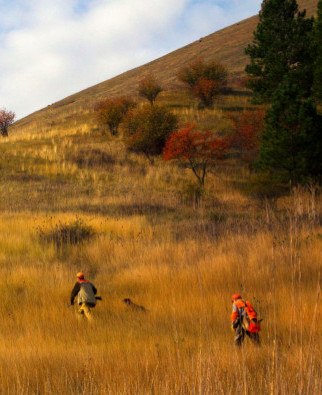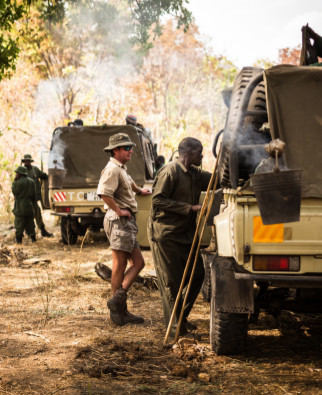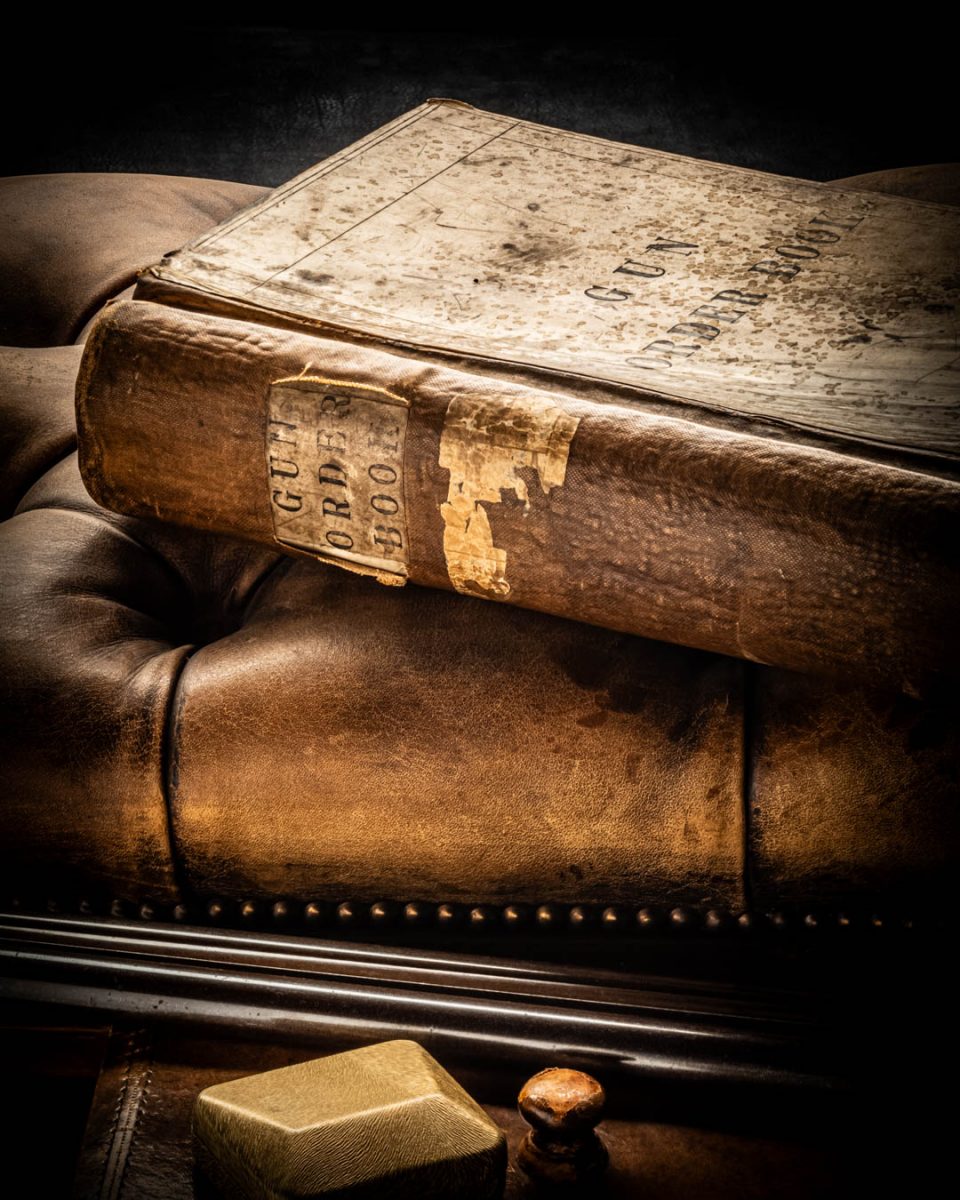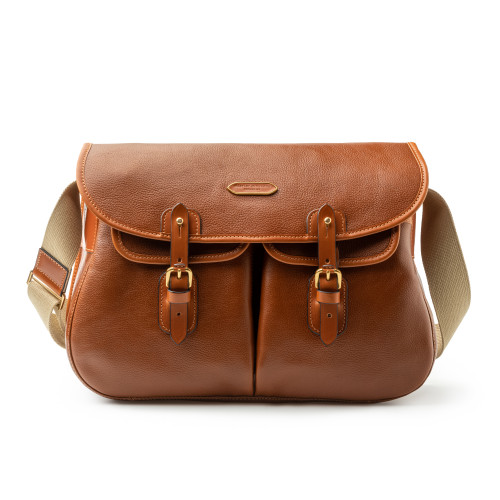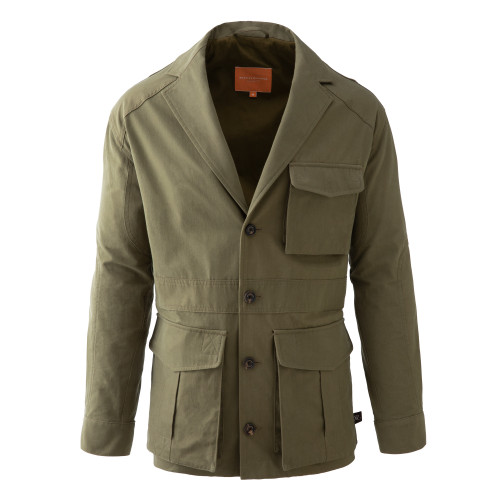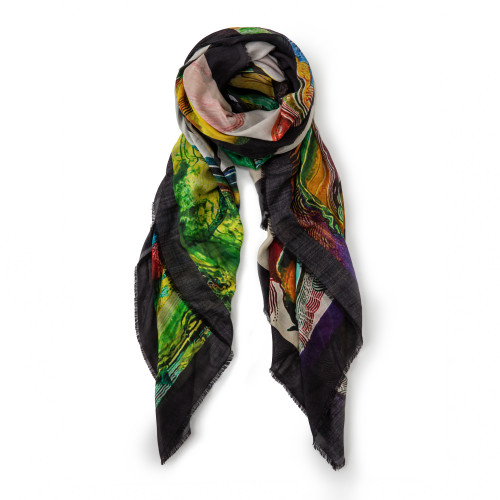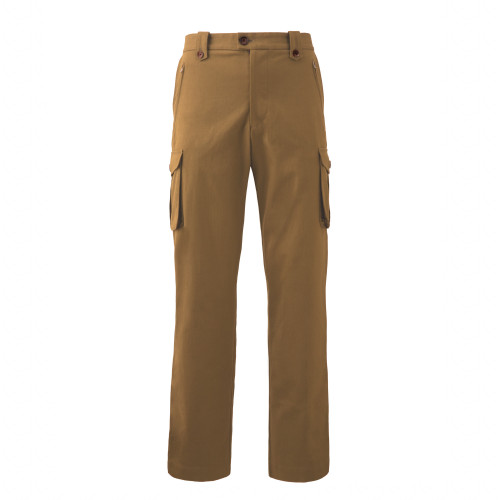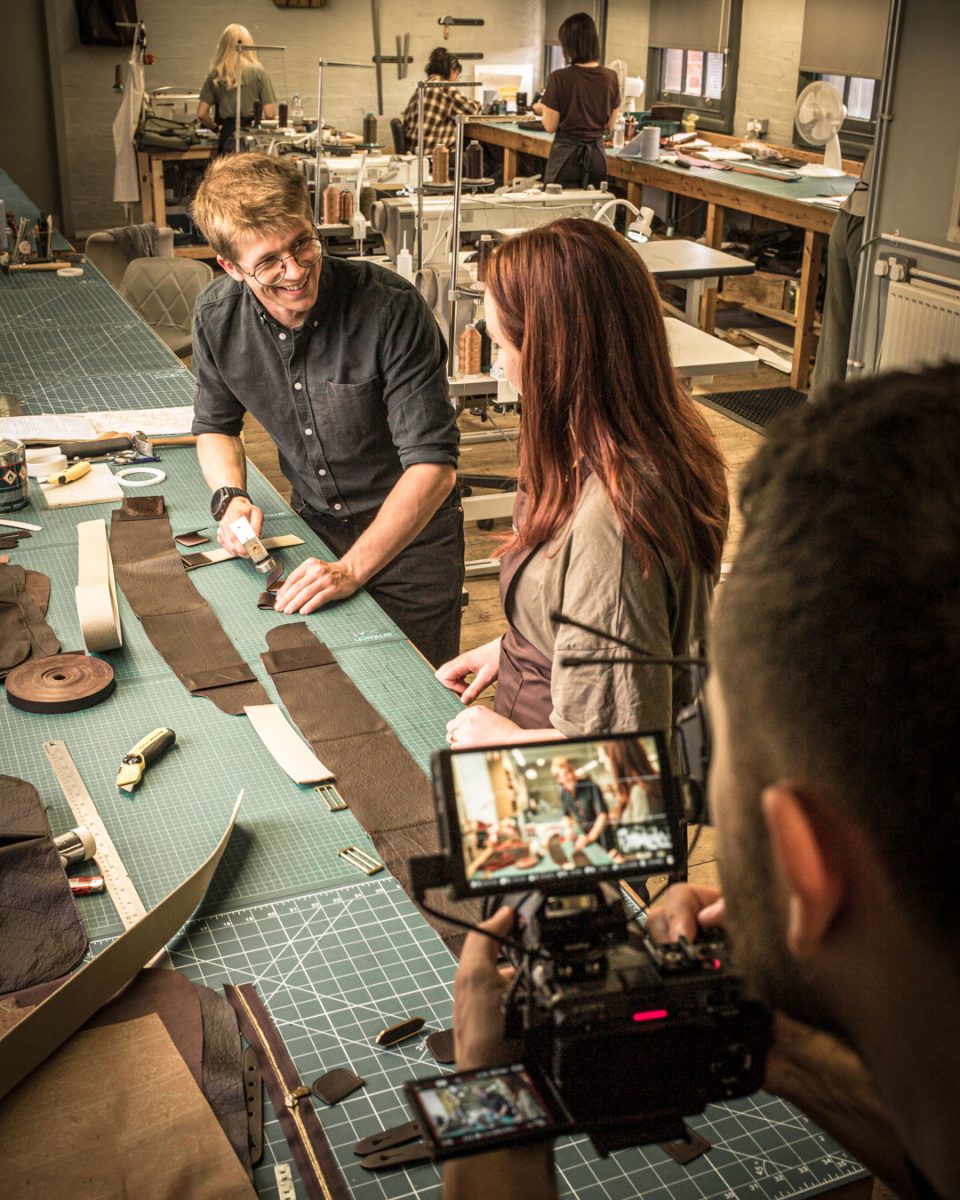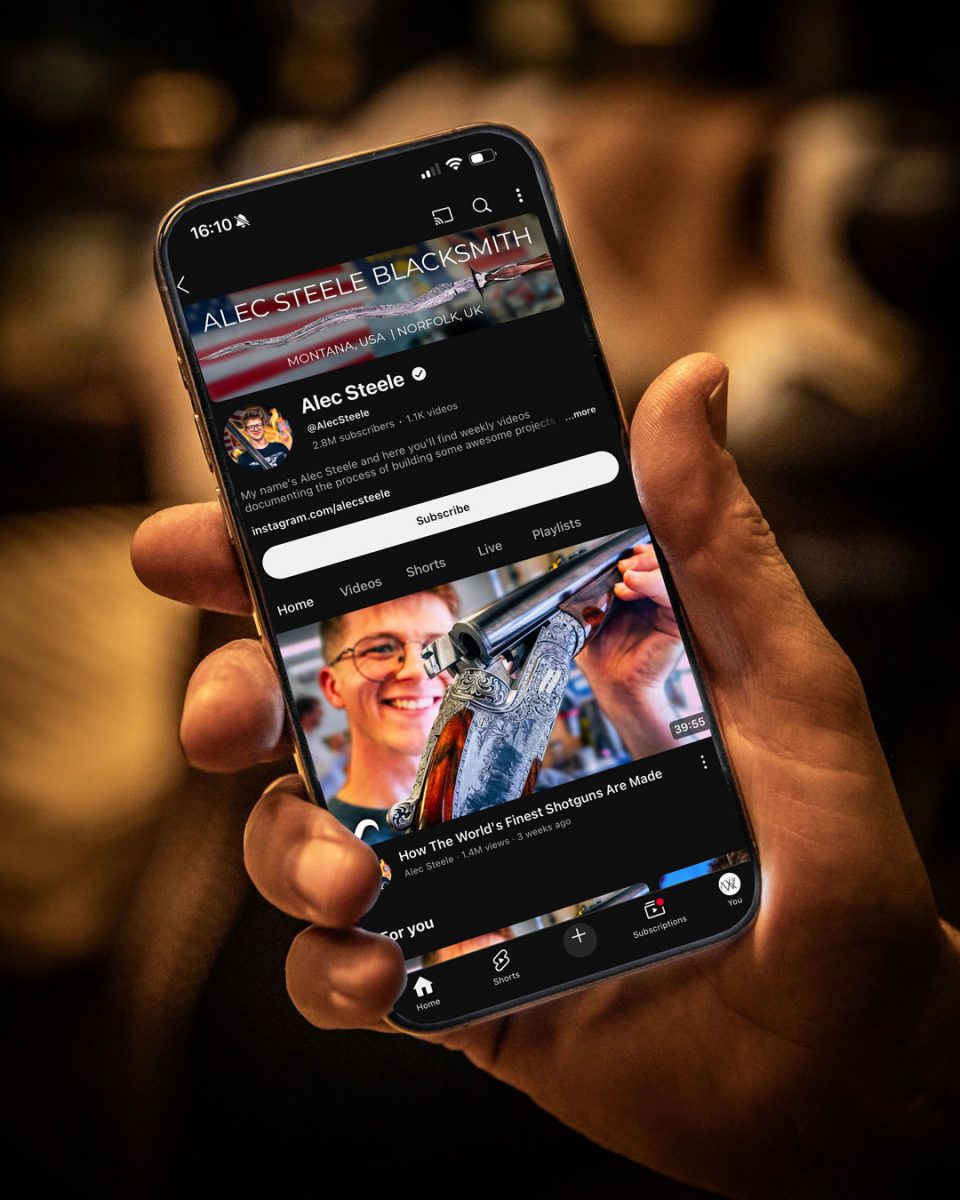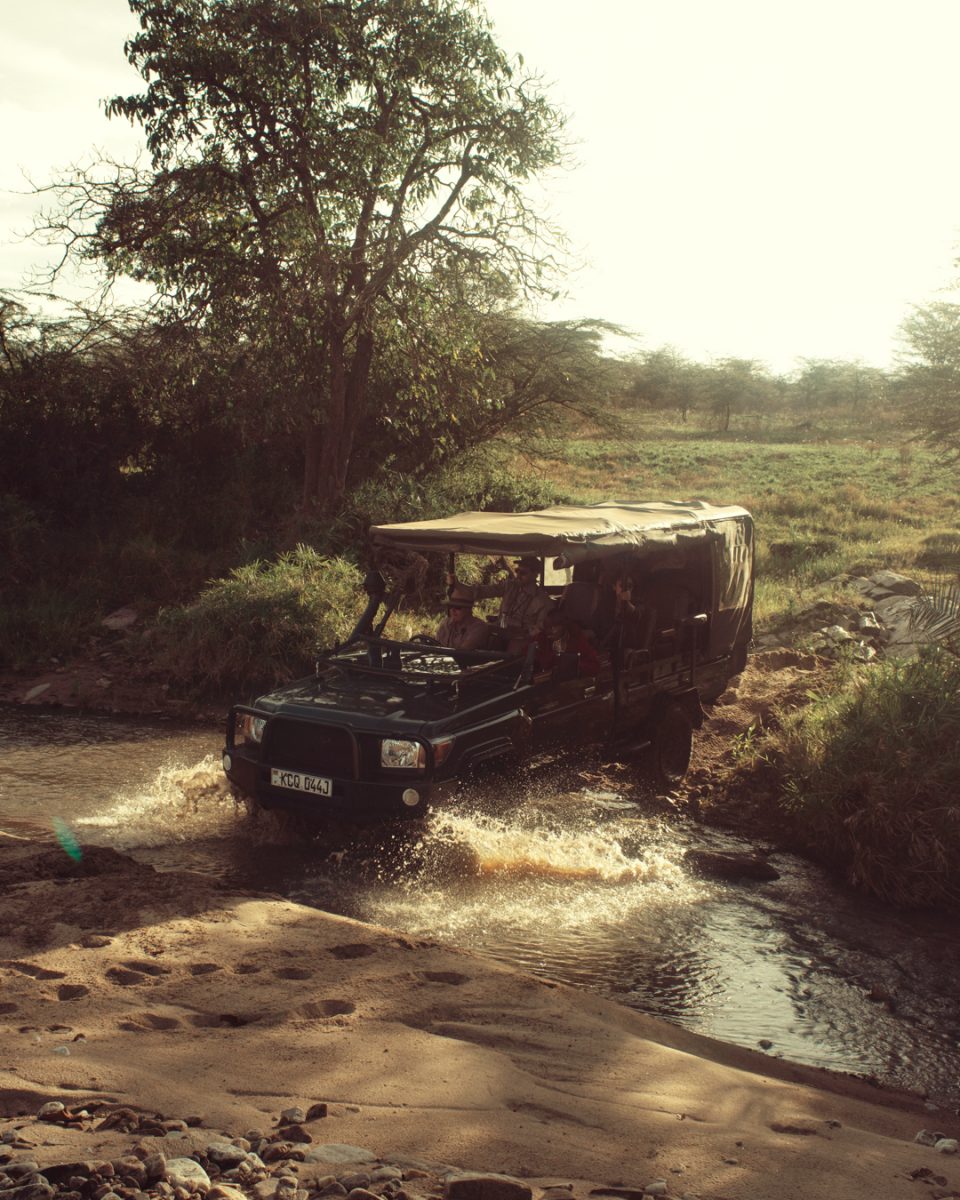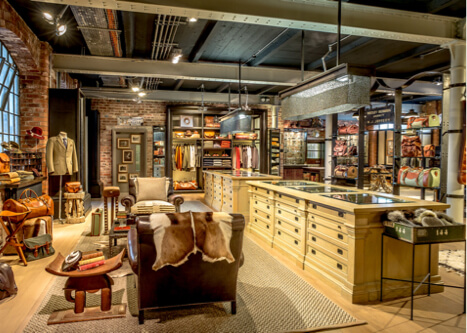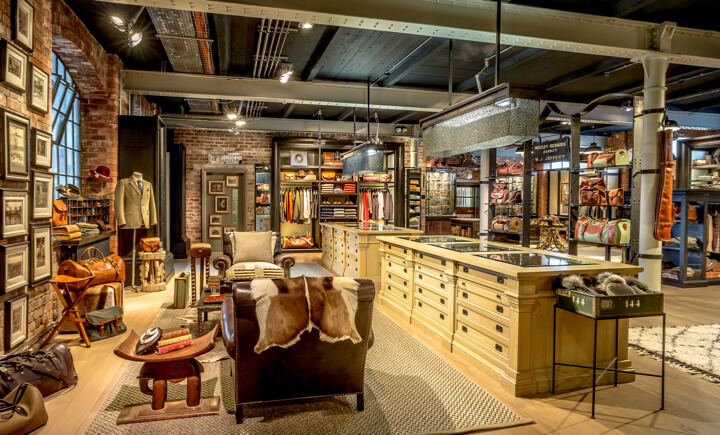The upheaval of the Great War from 1914-1918 not only removed any vestigial ideals about the romanticism of conflict as an honourable and exciting endeavour, it ended the era of cavalry charges and ushered in industrial-scale killing by artillery and machine gun, cruelly underlining this brutal point with the destruction of a generation of Britain’s officer class, as well as millions of rank and file soldiers and civilians.
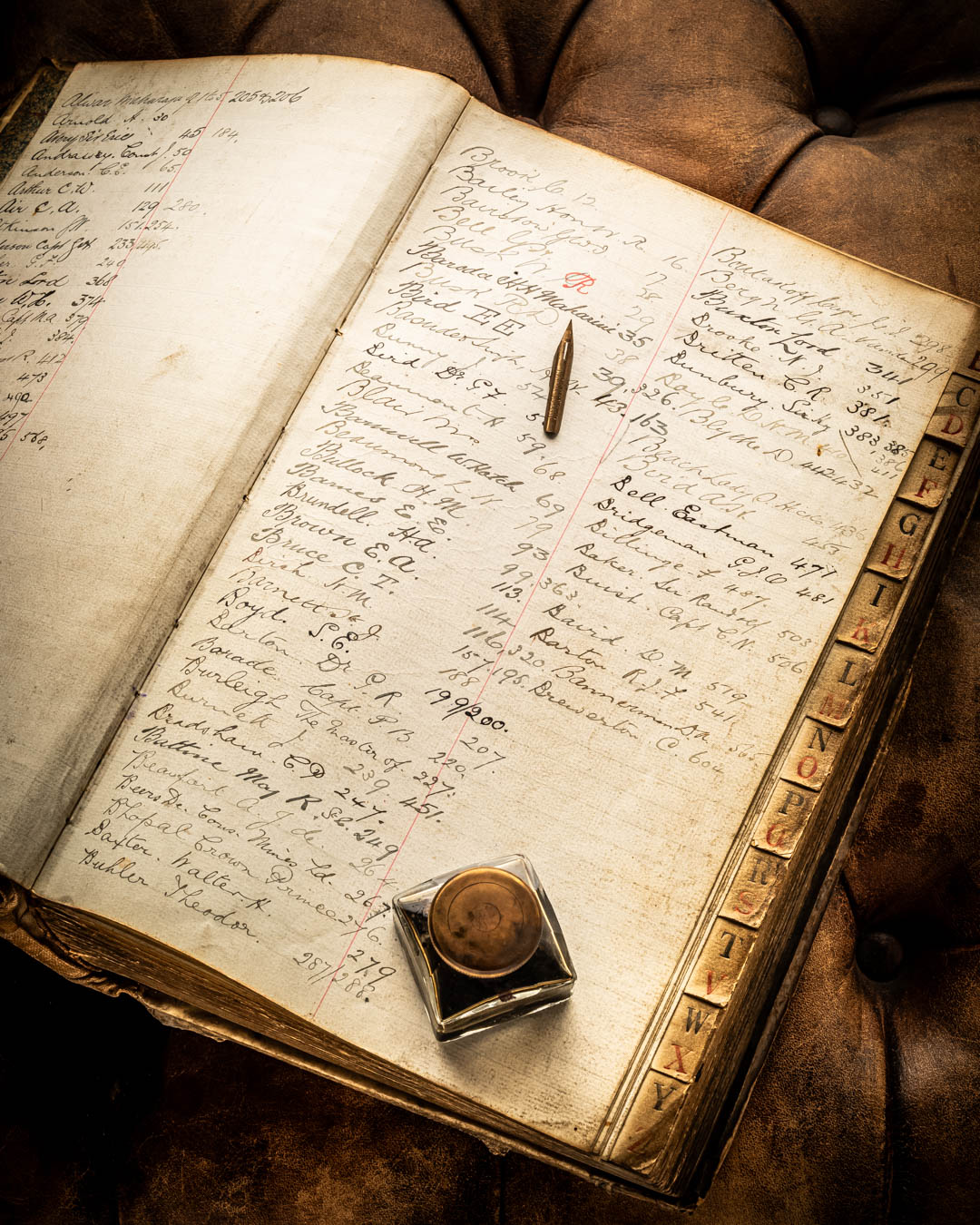
Europe after the Versailles conference looked very different and the status quo, that had always asserted the importance of inter-connected European Royal families as a bulwark against conflict, had been soundly rebuffed.
The decade spanning the years 1910-1920 was certainly momentous in the history of nations and it was also a busy one for Westley Richards. Activity at the factory is well recorded in the ledgers. The bulk of the decade’s production is recorded in a battered volume measuring eight inches by thirteen inches and three inches deep. It begins in 1912 and ends in 1920.
Among the customers listed in the index we can find the Maharajahs of Alwar, Baroda, Dhar, Indore, Jodhpur, Kashmir, Tikari and Udaipur. Also listed are several lords, knights, ‘Honourables’ and numerous Colonels, Majors and Captains. Westley Richards was, at this time, in its pomp. The new catalogue, released in 1912, was the biggest to date and filled with all manner of rifles, shotguns, accessories and services.
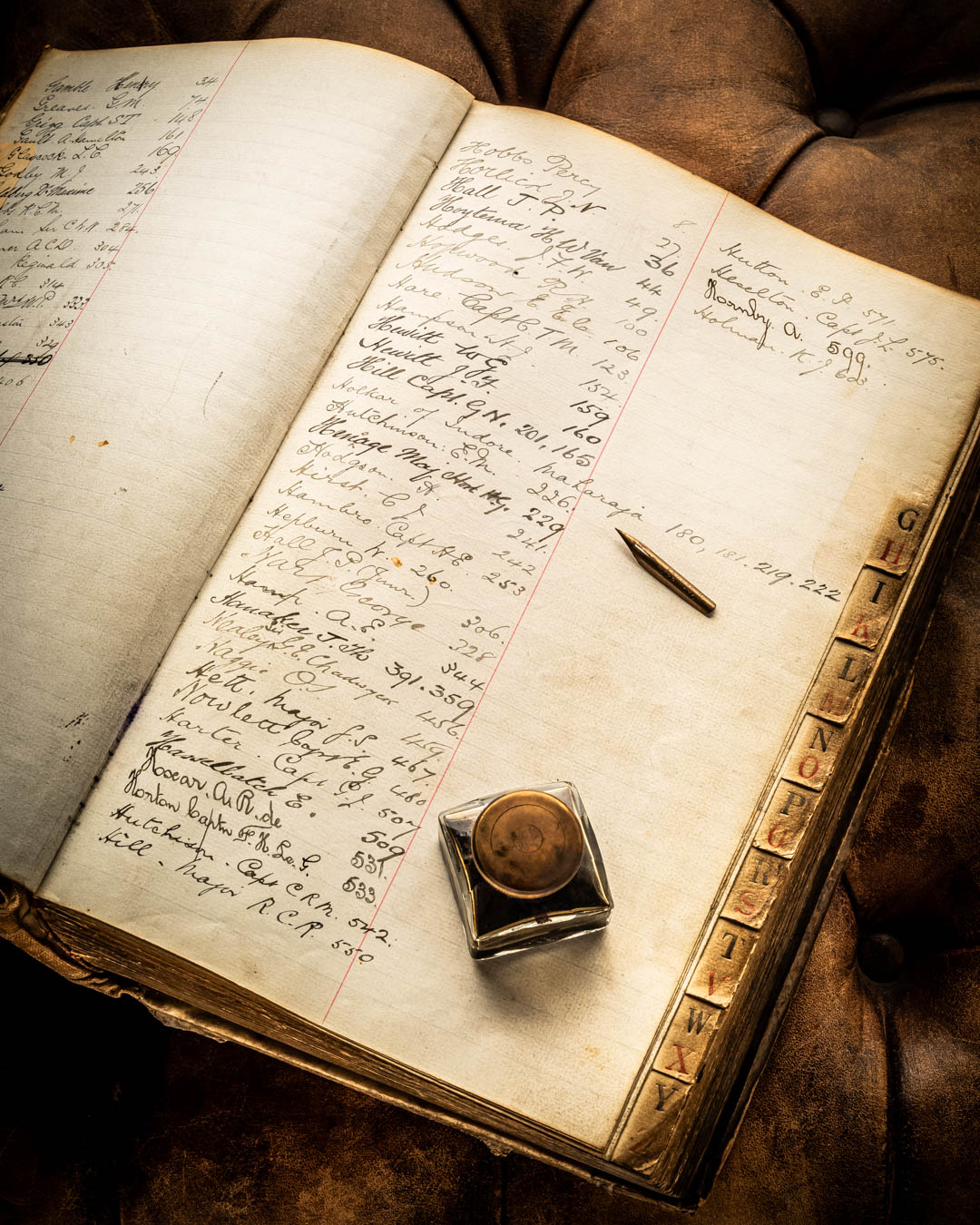
Cordite had recently revolutionized rifle performance and a range of new cartridges, shooting fast, light bullets, had proven effective. Orders reflect this with the popularity of magazine and double rifles in calibers like .318 and .425 evident among colonial adventurers and Scottish landowners.
One such was F.B. Sherring of Tomatin House, Invernessshire (and Frimley Hall, Camberley, Surrey). He ordered a .425 rifle of best quality on 28th August 1912 at a cost of £75, to which he added 500 rounds of .425 capped bullets at £9. 12.s 6d. While he was in the shop, he also ordered several hundred rounds for his .318, and more for a ball & shot gun, which he ordered the same day. It was as a ‘Model N’ with 30” barrels, and for which he paid £12.12s. 5d.
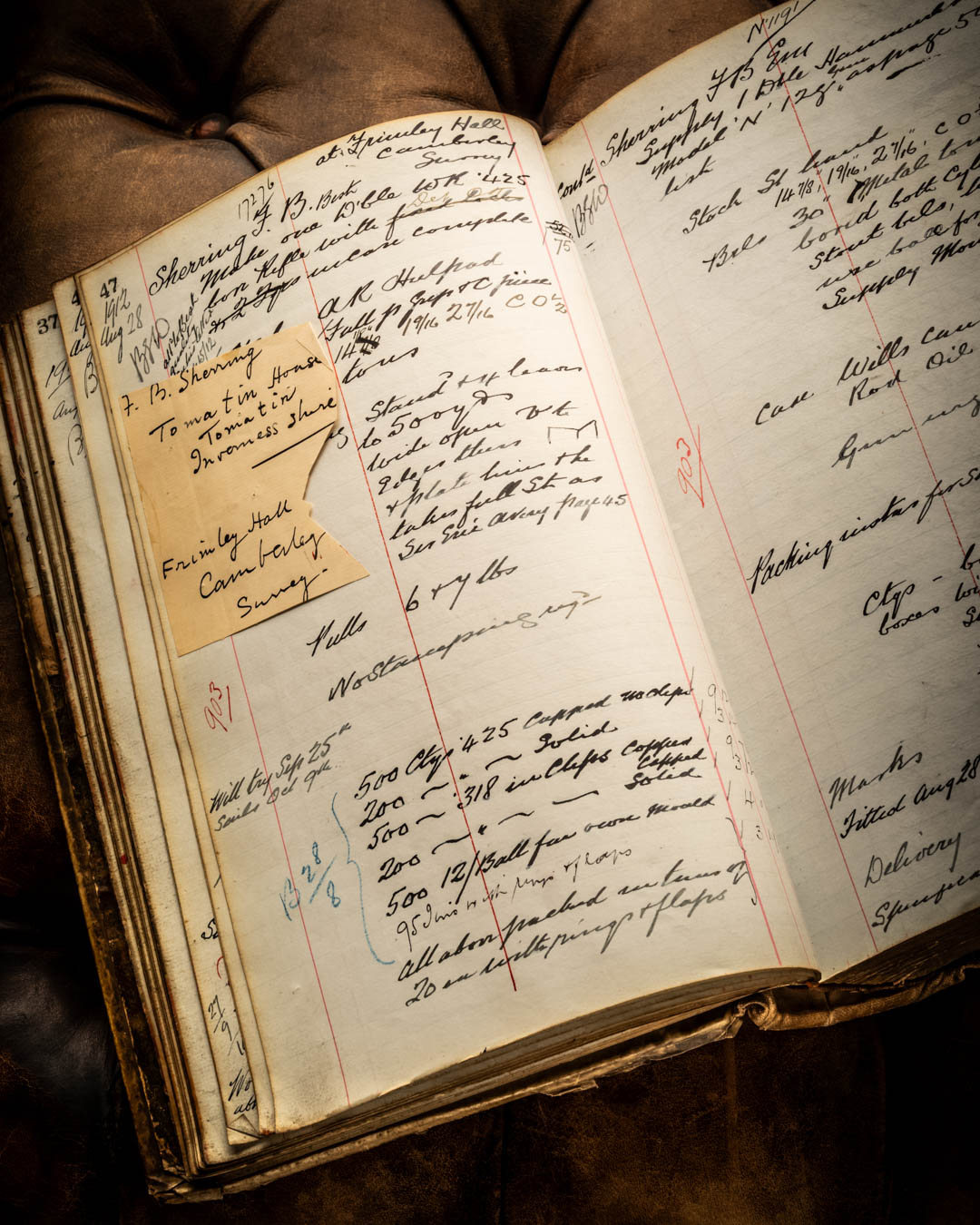
Business was not always straightforward. We have an entry for 18th February 1913, which goes into great detail about the requirements of a rifle order for the Duke of Portland. His Grace (of Welbeck Abbey) wanted a .318 light-pattern magazine rifle with detachable stock. He specifies that it have ‘pull without drag’, leaf sights, a telescopic sight ‘with fine lines not reaching central dot’. He ‘requires the telescope be mounted as low as possible – he will not require to see other sights’.
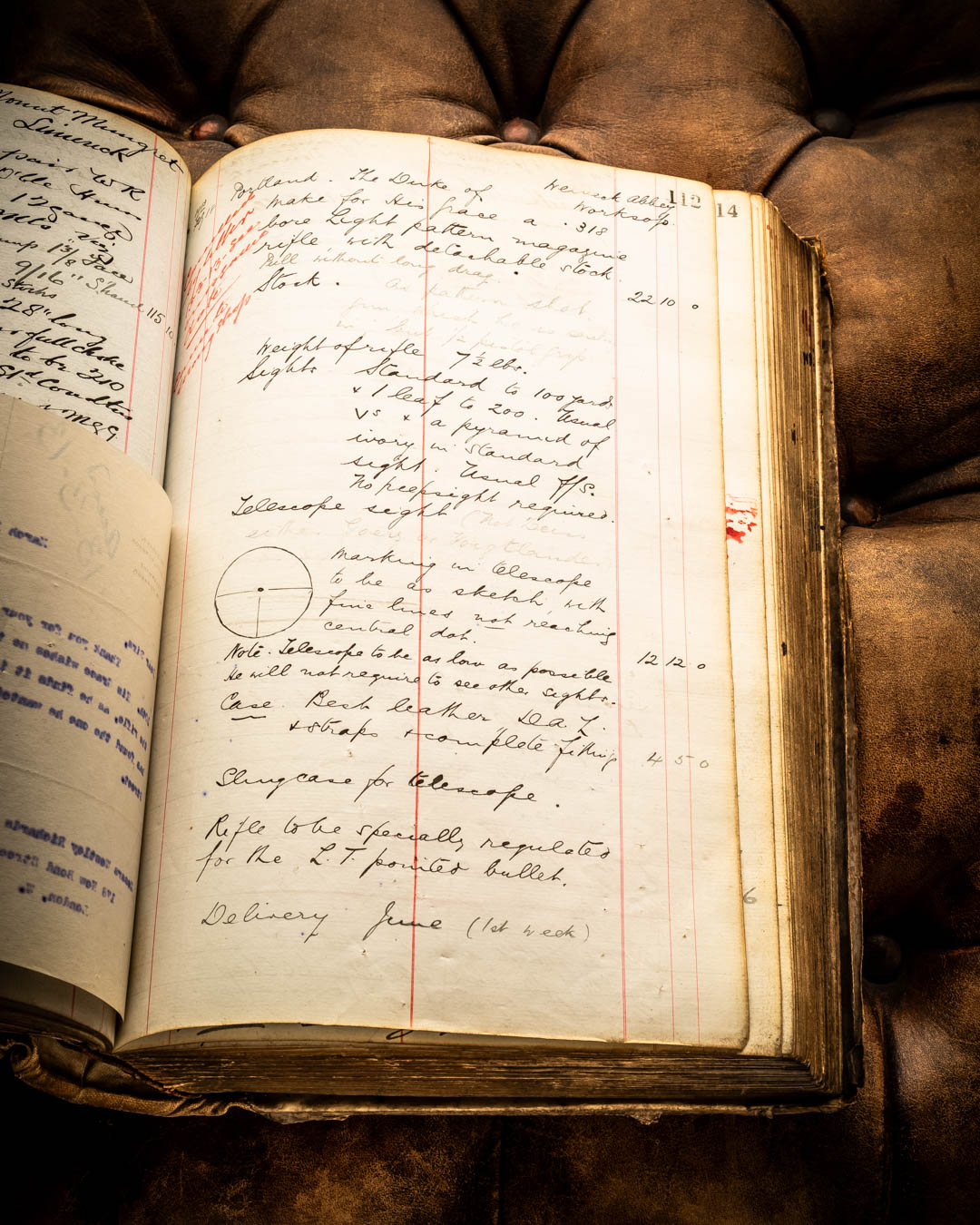
He asked the rifle be ‘specially regulated for the L-T pointed bullet’ and wanted delivery by 1st week of June. The order comprised £22.10.s 0d for the rifle, £12.12.0d. for the ‘scope and £4. 5s. 0d. for a best leather case. Unfortunately, a telegram dated March 12th cancelled the order stating ‘His Grace does not now require the rifle, as he finds it is not the kind of rifle he wanted, and he has found the one he wanted in the other Lancaster shop in Panton Street.’
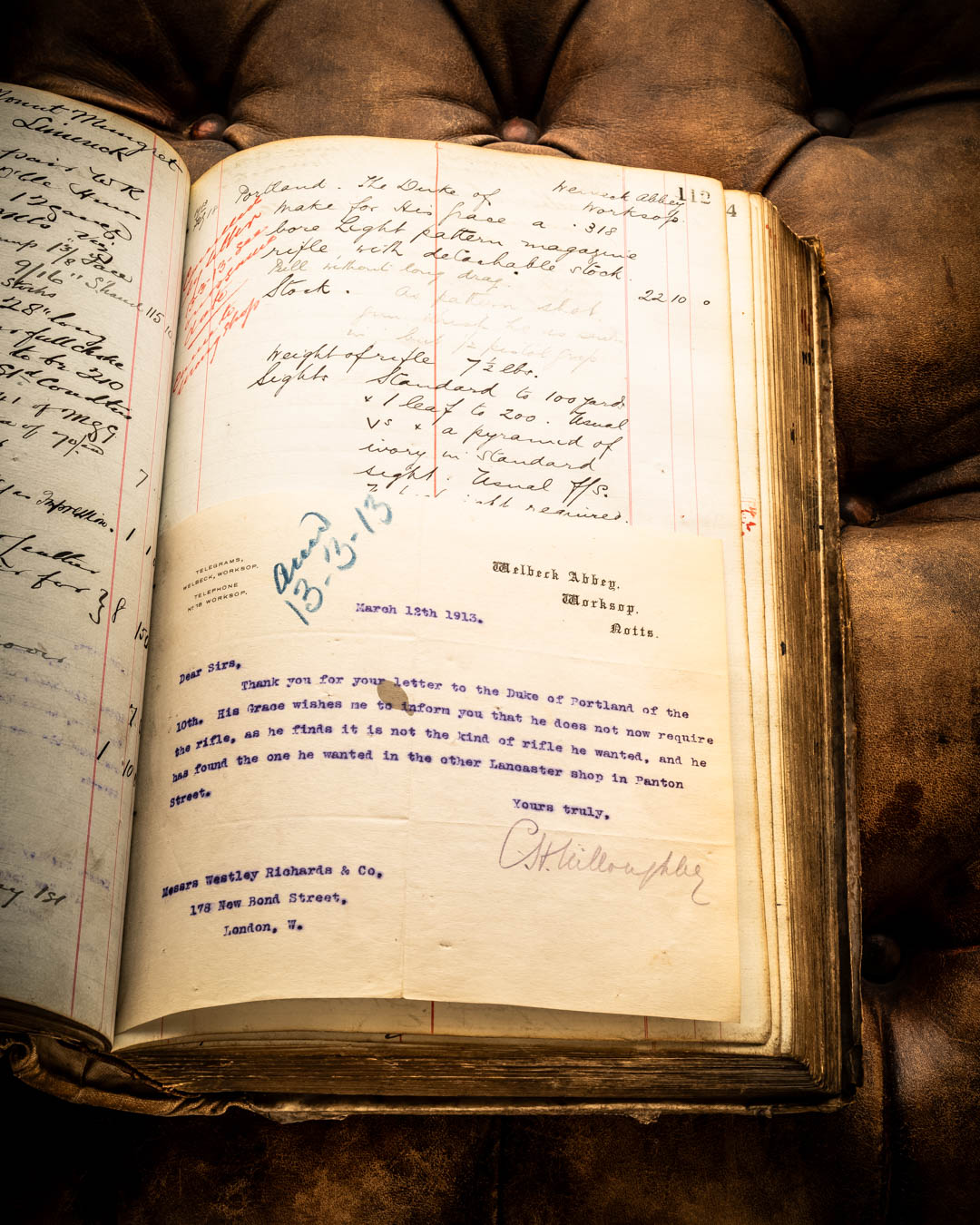
Among the orders from Maharajahs, illustrating the importance of the group of customers during the 1910s, there is one on April 12th 1913 from H.H. The Maharajah of Dhar in Central India. He paid eighty guineas for a ‘best quality, W.R, Super Magnum Explora, ball & shot gun, ejectors, 2 triggers, hand-detachable locks’. Supplied in a best case with accessories. The Explora and Fauneta models were very popular with hunters in India for shooting tiger and leopard.

Another order, for His Excellency Serdar Zafar, who was staying in Piccadilly in April 1913, included a .303 hammerless ejector rifle, with an enamel likeness of himself on the top lever and gold inlaid and engraved dramatic game scenes (cost; one-hundred-and-fifteen pounds), a .303 Lee Metford rifle fully stocked, and six more of varying grades, three Mannlicher-Schoenaur military rifles, A Mannlicher sporting rifle, a ten shot magazine rifle, a Browning automatic pistol, a Mauser pistol and a Lee Metford cavalry carbine; all with various degrees of customization and almost twenty thousand rounds of various types of ammunition.
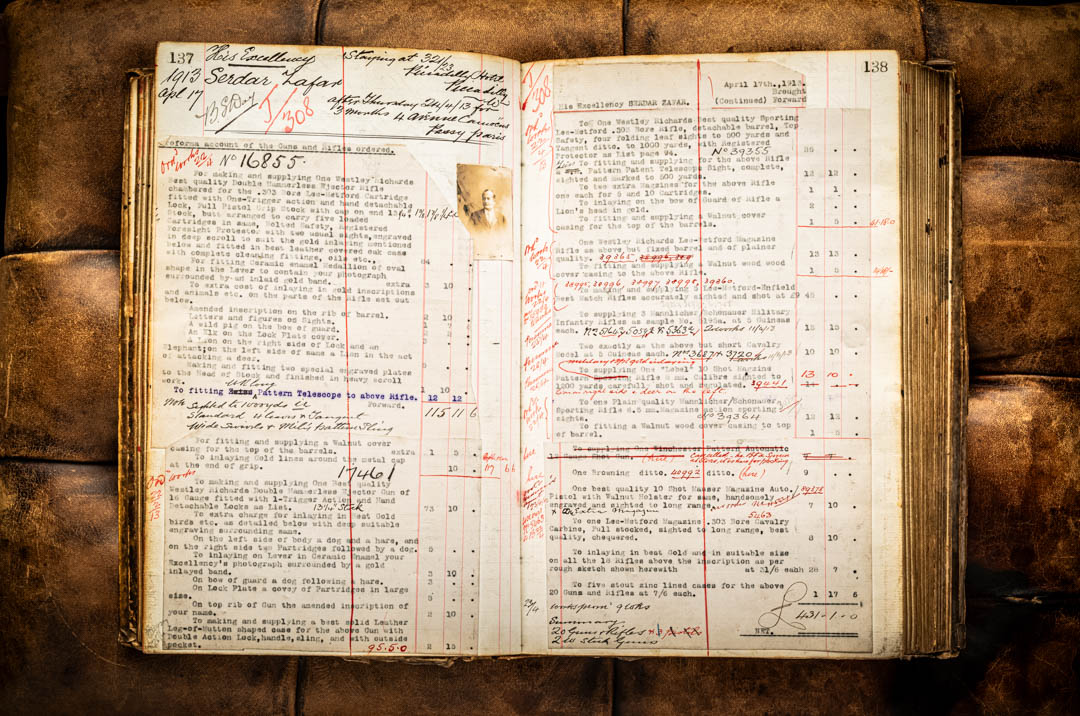
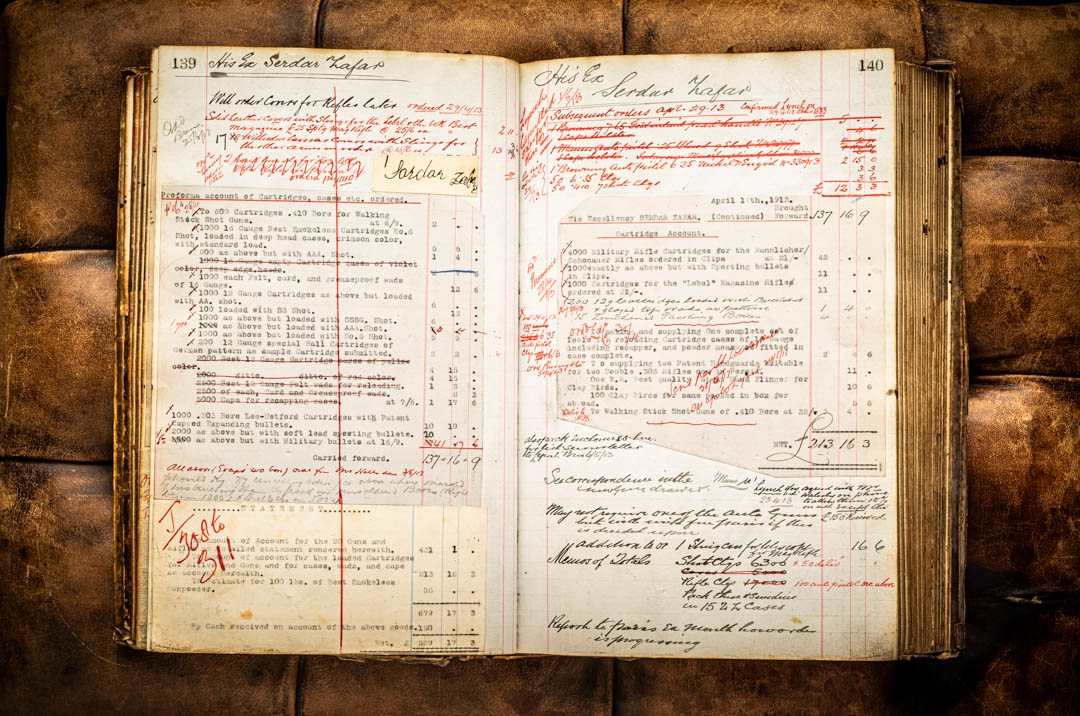
Across the Indian Ocean, De Beers Consolidated Mines Ltd ordered a ‘best quality W.R. under-lever sliding single block rifle with detachable barrel, as per page 94 (of the catalogue). The cost was thirty pounds in February 1916.
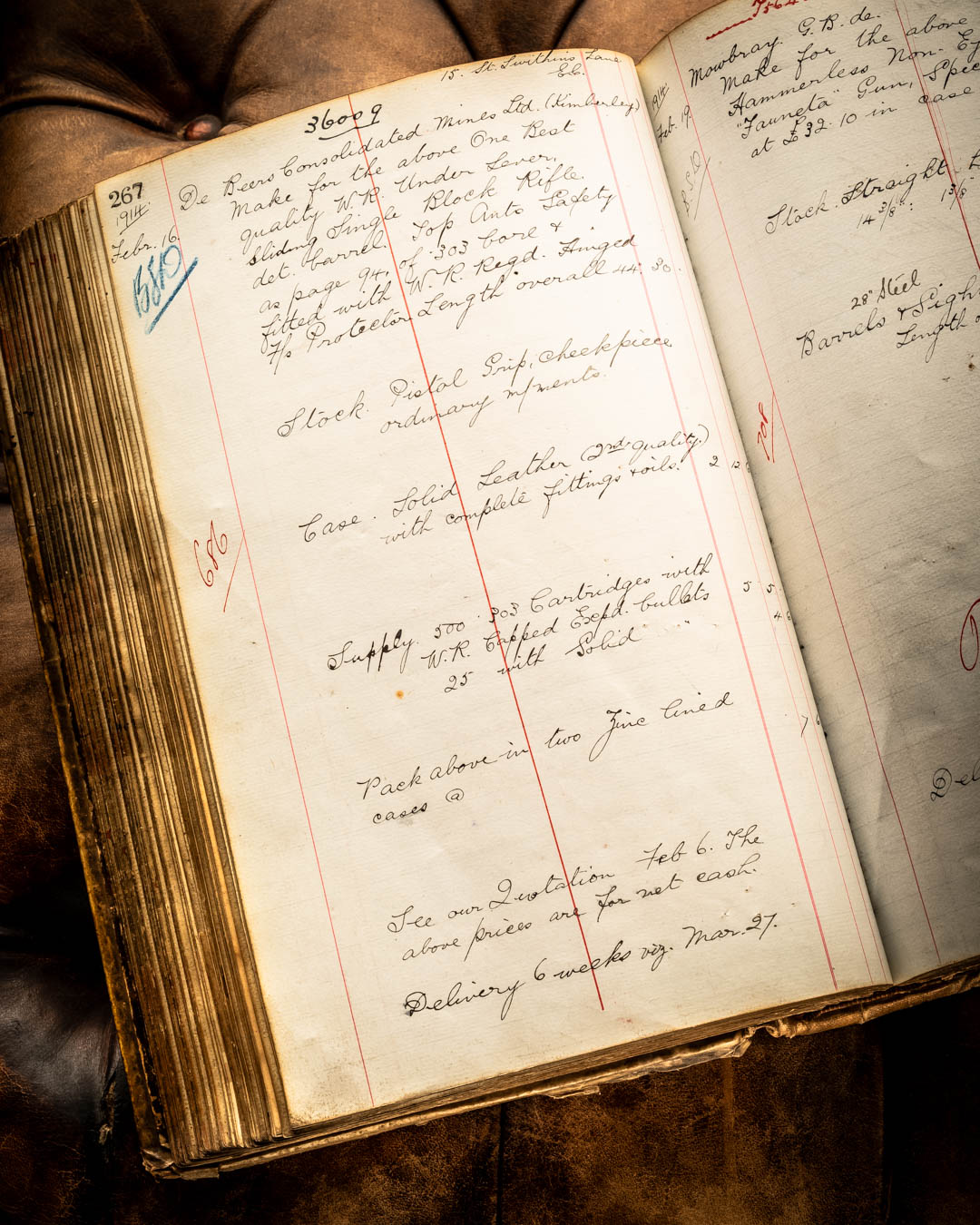
The Ovundo was making an impression during this decade and on 2nd April 1914 F.W Sykes, of Huddersfield, ordered, at a cost of £78. 15s. 0d, a ‘latest pattern W.R. Ovundo, double, hammerless, ejector, with improved one-trigger mechanism, of 20-bore, best quality’. This was a third gun, built to make-up a trio, when used with his existing pair, and was engraved ‘3’ in gold. He added a double gun case to the order for seven pounds.
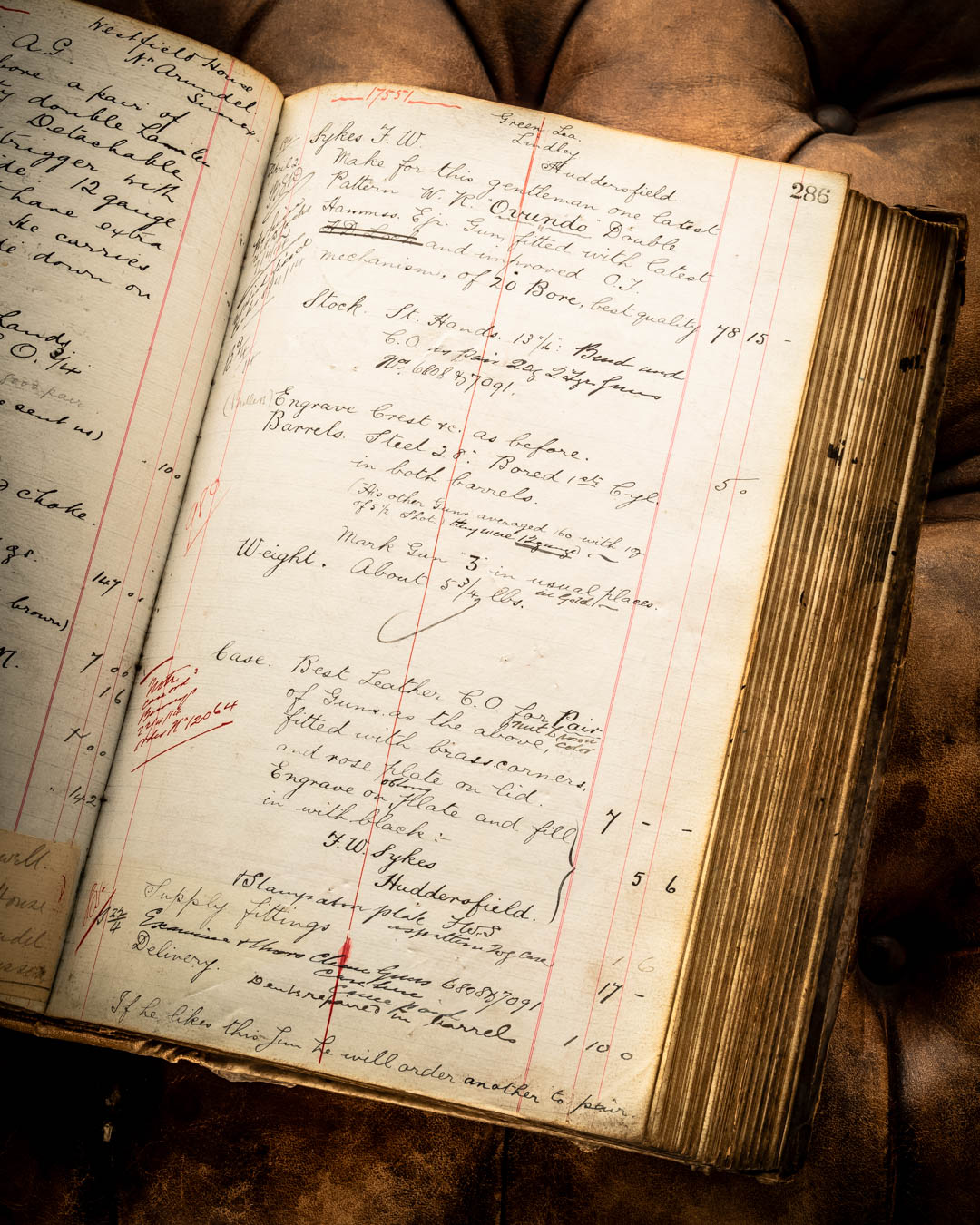
The Great War clearly disrupted operations as is evidenced by a note on the order page for a ‘special quality 20-bore Fauneta’ destined for Mr. Livingstone Gifford of Broadway, New York City and costing £38.0s.0d.
A typed note in the ledger responds to a complaint from Mr. Livingstone’s agent about delivery time. It includes the defence that; ‘we could not forsee to what extent the Government would require our services and we did not anticipate that our factory would be so disorganized in so far as our ordinary work was concerned’.
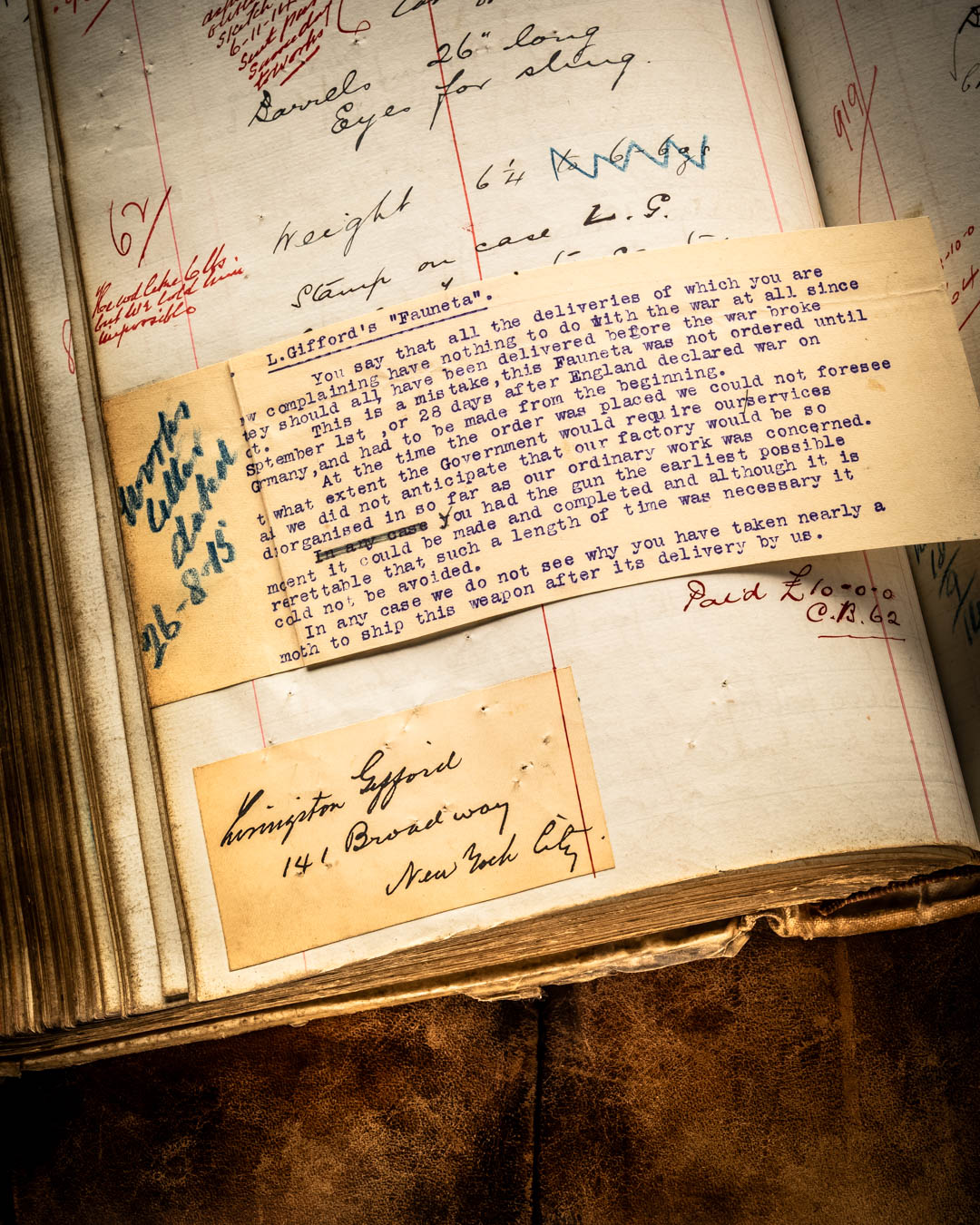
The final order of the decade was on December 23rd 1919, for ‘a .318 sporting magazine rifle, handle to be flat, like a Mannlicher-Schoenauer, without knob. Loops for sling, full pistol-hand, cheekpiece’.
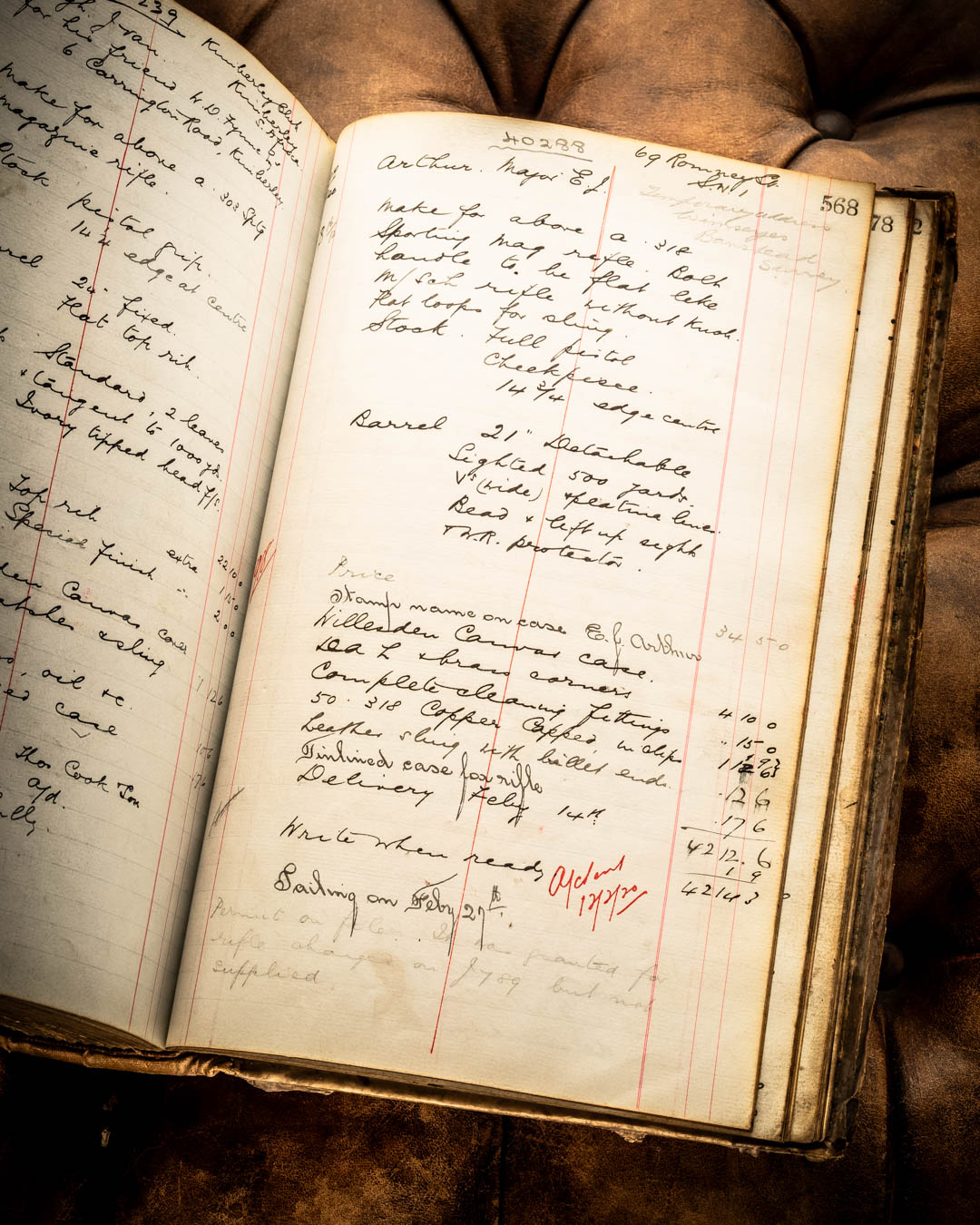
This rifle, with 21” detachable barrel, sighted to 500 yards, cased with cleaning kit and 50 rounds of copper capped bullets in clips, the lot to be put into a tin-lined case for shipping, cost £42. 14s. 3d. Delivery was required for February 14th as the customer was ‘sailing on February 27th’. The customer was a Maj. E.J. Arthur of Banstead, Surrey.
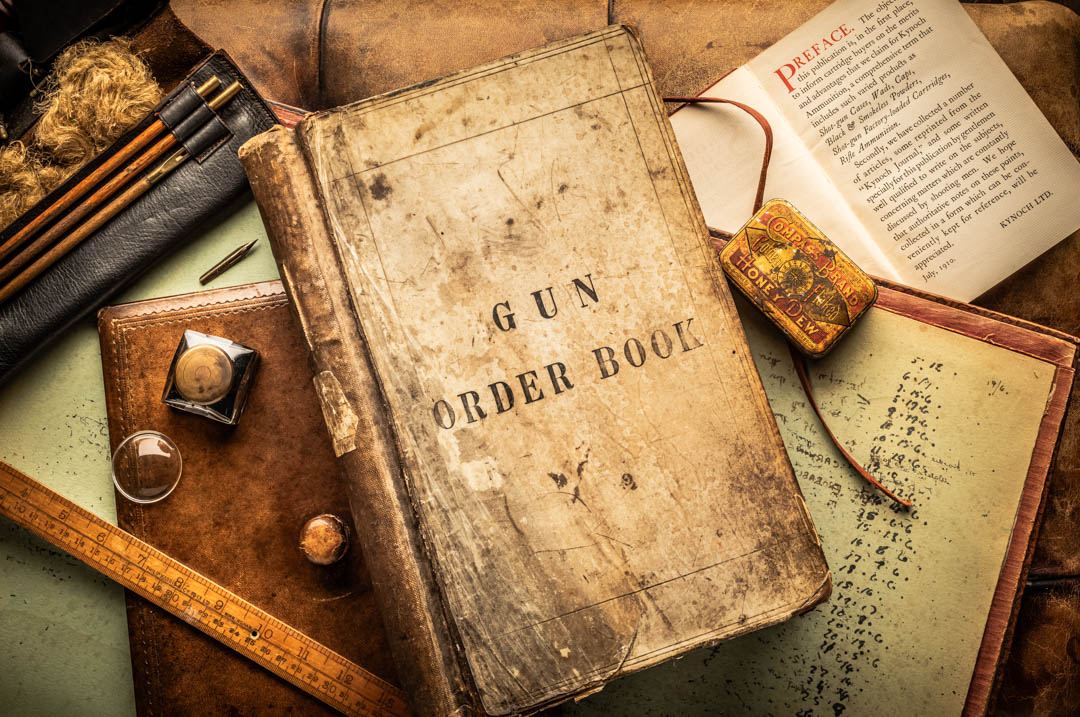
And with that, the 1910s ended and Westley Richards headed into a decade which would prove very profitable and busy. The 1920s, as we shall see in another article, was both the zenith of the British Empire and the heyday of Westley Richards.
The Explora Blog is the world’s premier online journal for field sports enthusiasts, outdoor adventurers, conservationists and admirers of bespoke gunmaking, fine leather goods and timeless safari clothes. Each month Westley Richards publishes up to 8 blog posts on a range of topics with an avid readership totalling 500,000+ page views per year.
Blog post topics include: Finished custom rifles and bespoke guns leaving the Westley Richards factory; examples of heritage firearms with unique designs and celebrated owners like James Sutherland and Frederick Courteney Selous; the latest from the company pre-owned guns and rifles collection; interviews with the makers from the gun and leather factory; new season safari wear and country clothing; recent additions to our luxury travel bags and sporting leather goodsrange; time well spent out in the field; latest news in the sporting world; and key international conservation stories.
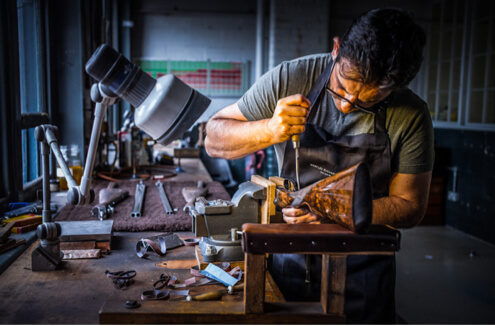
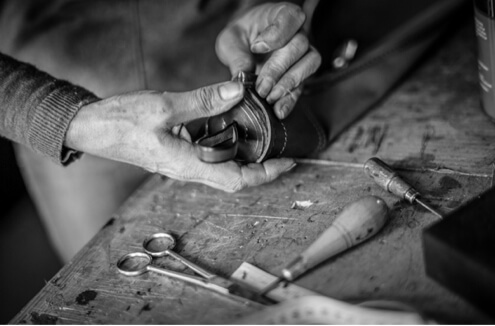
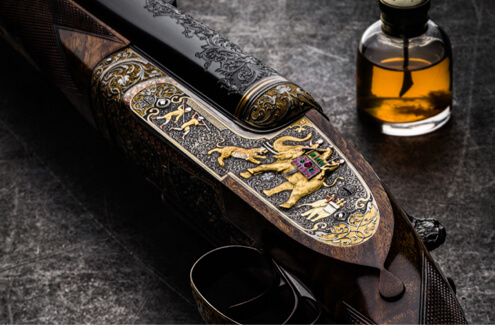
 Enquire
Enquire